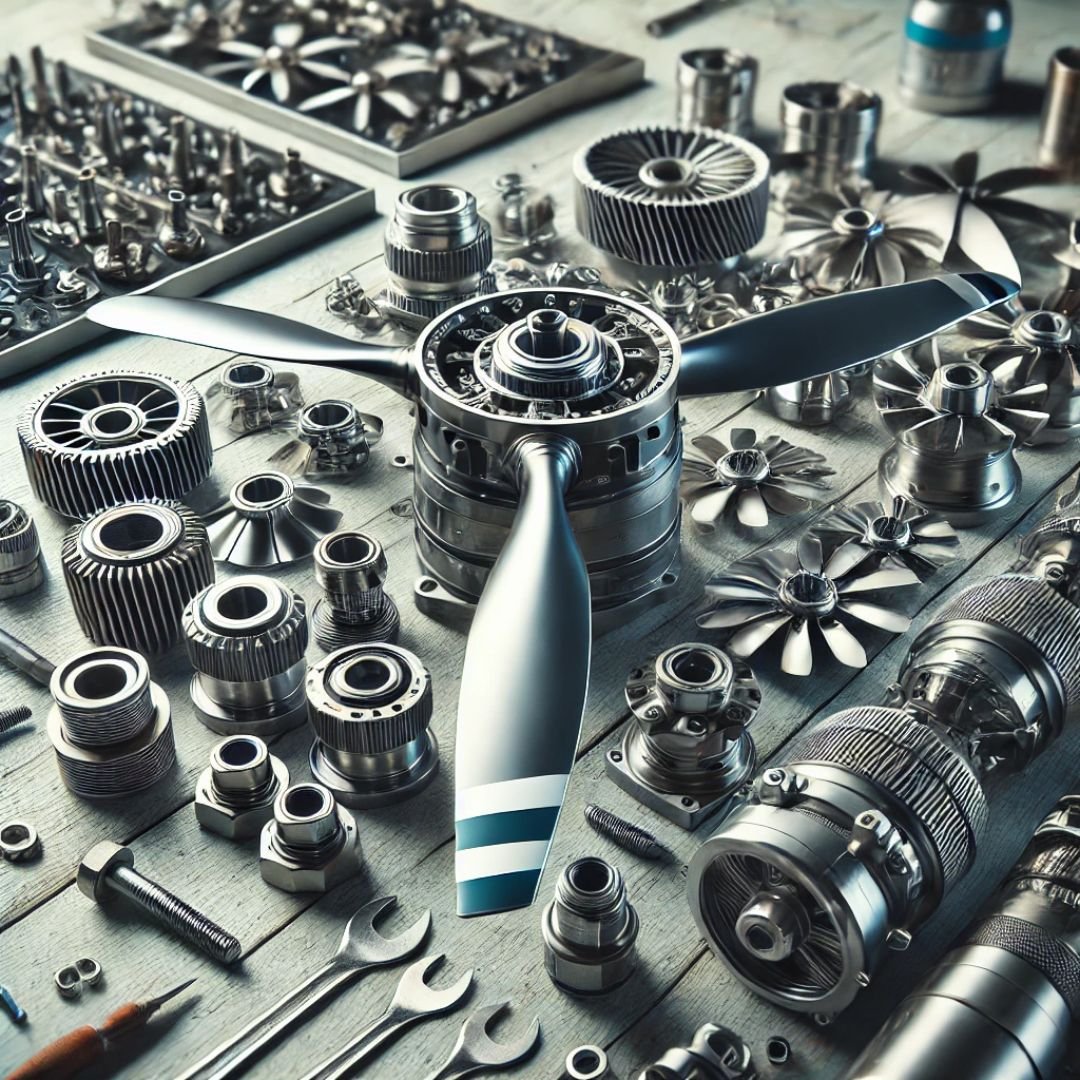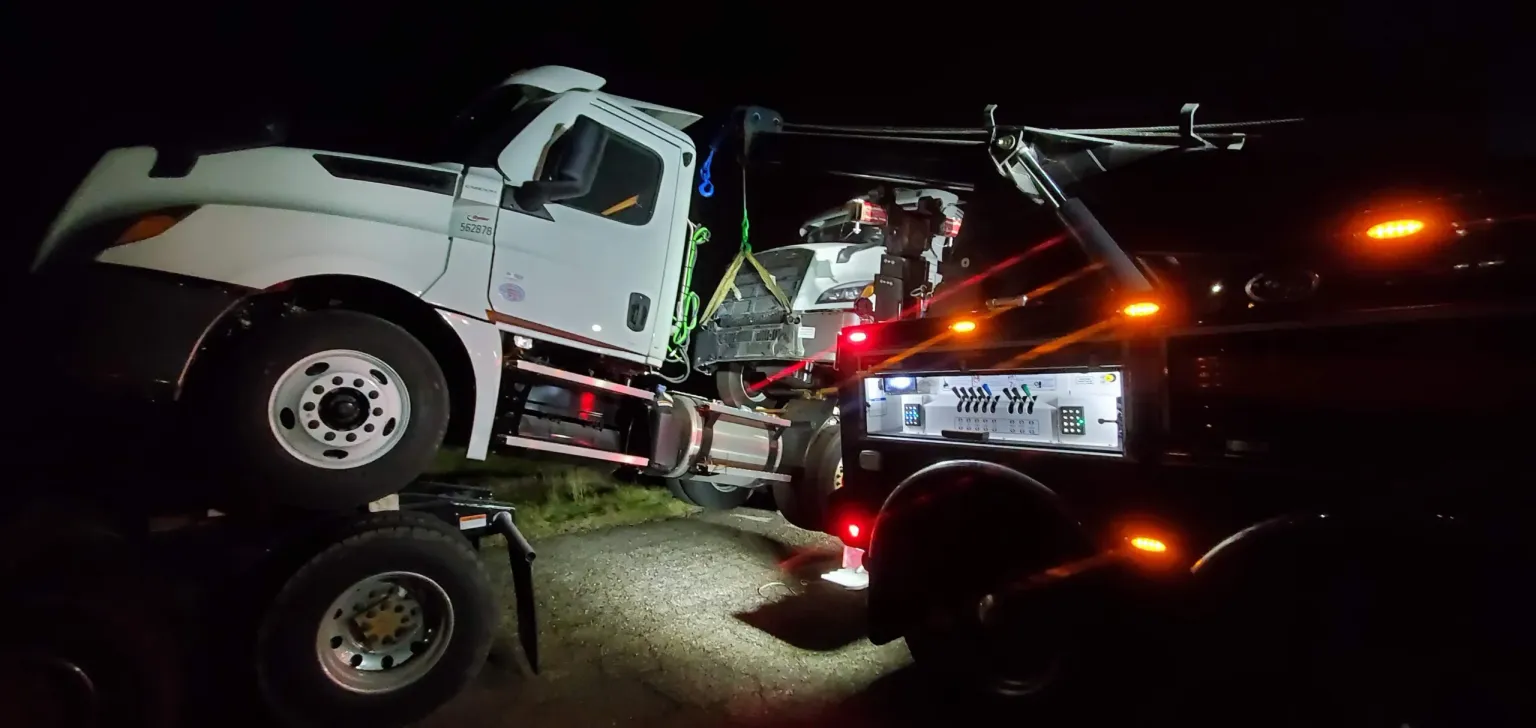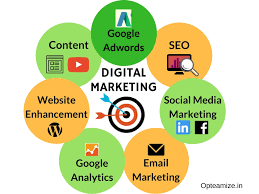Aircraft propellers are an integral part of aviation and innovation and careful maintenance are needed to ensure optimal performance. The changing landscape of aviation technology has brought with it new trends in aircraft propeller parts and maintenance, reshaping how the industry ensures safety, efficiency, and reliability.
Let’s take a look at the top trends that shape the development and upkeep of aircraft propeller systems.
1. Advanced Propeller Materials
The industry is toward more advanced materials for manufacturing propeller parts. It also makes use of composite materials to replace the traditional metals applied to propellers, such as aluminum and steel.
More so, these materials provide improved fuel efficiency with little maintenance cost due to higher resistance to corrosion and can easily withstand high friction force with less frequent replacement, thus leading to lower maintenance.
2. Digital Diagnostics and Predictive Maintenance
Digital technology is changing the way propeller maintenance is implemented. Predictive maintenance tools leverage sensors and data analytics to monitor propeller parts’ live conditions.
The condition of the parts in a propeller will be determined if failures happen. With some vibration patterns, temperature fluctuation, and performance results, failure will be predicted and addressed beforehand, thus reducing time off operation and improving safety.
3. Green Aviation Practice
Environmental concerns are driving the aviation industry in the direction of greener propeller systems, and its manufacturers are looking to use eco-friendly propeller parts to reduce emissions and fuel consumption.
Maintenance trends are also shifting toward resource-friendly materials, less lethal chemicals, and energy-aware processes. These are seen in the larger context that the industry is taking into account to minimize its footprint on carbon.
4. Modular Propeller Systems
Modular designs in propeller systems are becoming popular. Such systems enable the replacement or upgrade of individual components without necessarily having to overhaul the propeller.
This has resulted in a considerable reduction in maintenance costs and time as technicians can easily replace parts instead of taking hours or days to repair them. Modular systems also enhance the scalability of propeller designs for different aircraft models.
5. Automation in Maintenance
The technology is changing how propellers are maintained, from inspection tools that employ robotics to automated cleaning systems that have the capability of performing routine jobs.
Robotics and artificial intelligence can discover microscopic cracks, corrosion, or defects missed by human inspection. This automation not only increases precision but also minimizes the time and human labor put into maintenance efforts.
6. Noise Reduction Innovations
Noise pollution is one area of concern in aviation in urban areas. The major manufacturers are focusing on quieter propeller designs that don’t compromise performance.
New geometries, materials, and configurations are being tested on blades to achieve quieter operation, improving the passenger experience under stricter regulatory standards for emissions.
7. Integration into Hybrid and Electric Aircraft
Propellers in electric and hybrid aircraft have created the need for more specialized propeller systems suited to these technologies. Hybrid and electric aircraft require much more efficient propellers as well as those compatible with electric motors.
Manufacturers are designing lightweight, high-performance blades to meet the unique requirements of hybrid and electric propulsion systems, which will be a great shift for the industry.
8. Customization and Adaptive Design
Aircraft operators are now seeking more customized propeller solutions to their needs. Adaptive propeller systems that can change blade angles and performance dynamically are gaining popularity.
These innovations allow for greater fuel efficiency, improved thrust, and enhanced adaptability to different flight conditions, providing a competitive edge in modern aviation.
9. Enhanced Training for Technicians
With the increased complexity of propeller systems, training programs for maintenance technicians are becoming more advanced. Virtual reality (VR) and augmented reality (AR) tools are being used to simulate maintenance procedures and troubleshooting scenarios.
These immersive training methods ensure that technicians are well-prepared to handle sophisticated propeller systems, thereby reducing errors and improving overall maintenance standards.
10. Focus on Regulatory Compliance
The regulations on the manufacture and service of Aircraft propeller parts have become very strict. Manufacturers and service providers strive to ensure that their services meet the international safety standard.
This trend ensures propeller parts meet the most stringent quality and safety criteria, hence gaining the trust of the operators and travelers. This also encourages innovativeness in designing the parts not only to conform but also to exceed requirements.
Conclusion
Evolving trends in Aircraft propeller parts and maintenance shape a more efficient, sustainable, and technologically advanced aviation industry. From composite materials and predictive maintenance to green practices and automation, these innovations ensure that propeller systems remain reliable and cost-effective in the long run.
Power Air Consulting is a household name in the industry, as it provides comprehensive solutions on propeller parts and their maintenance, which meet today’s demands for quality and expertise.
















Leave a Reply